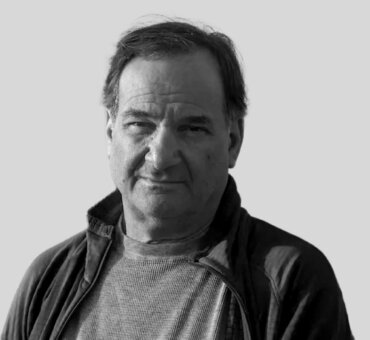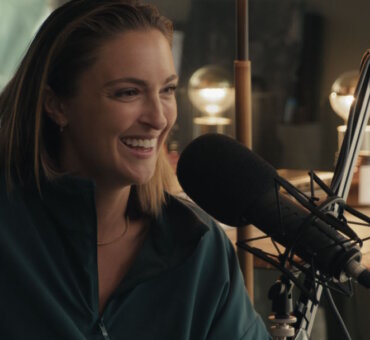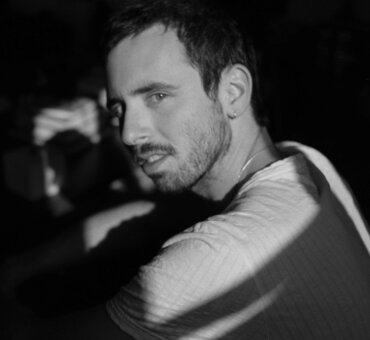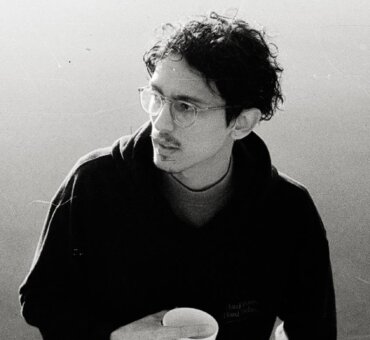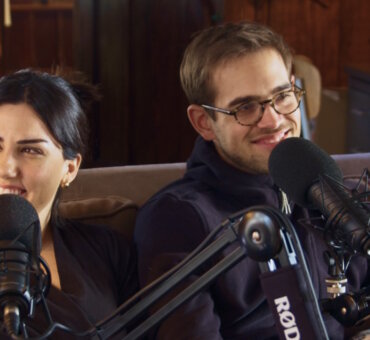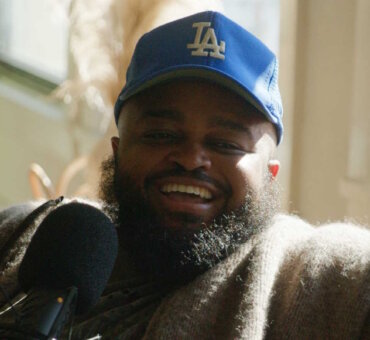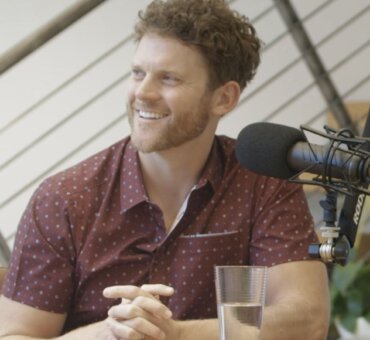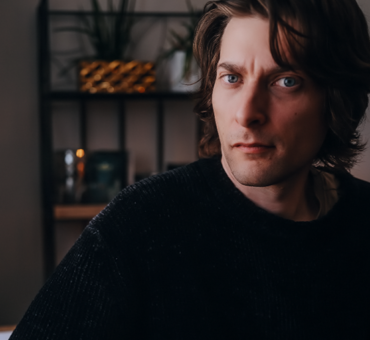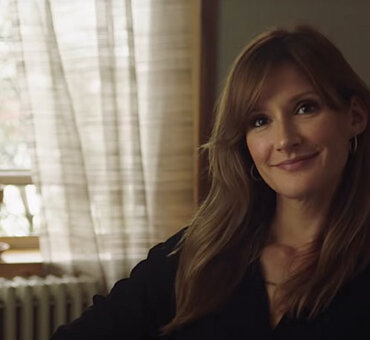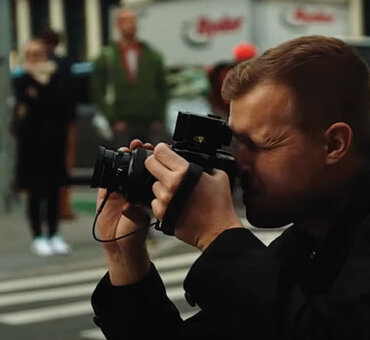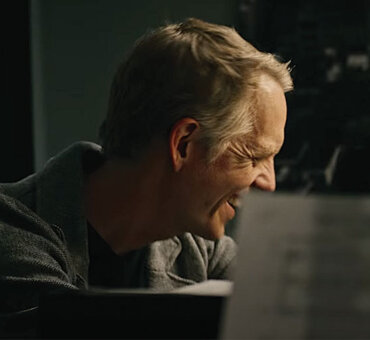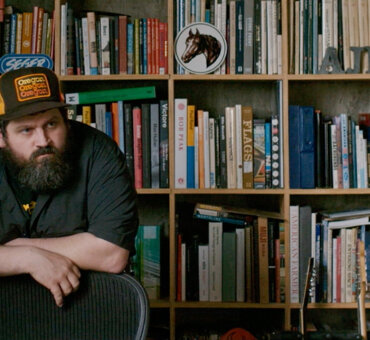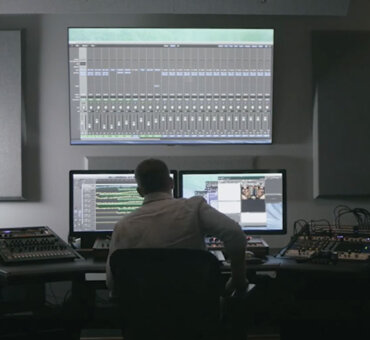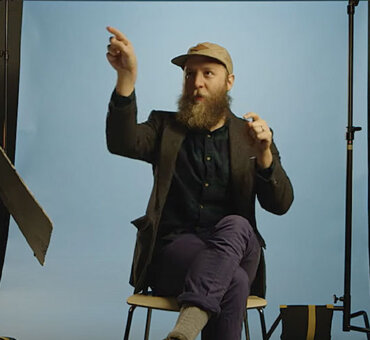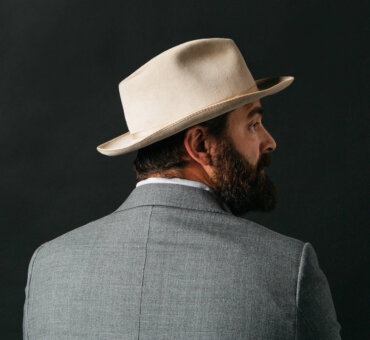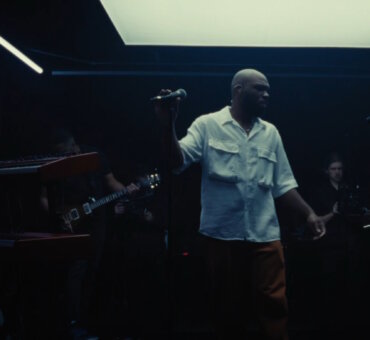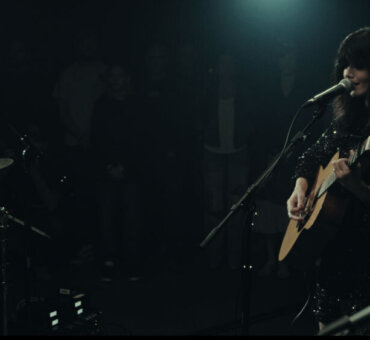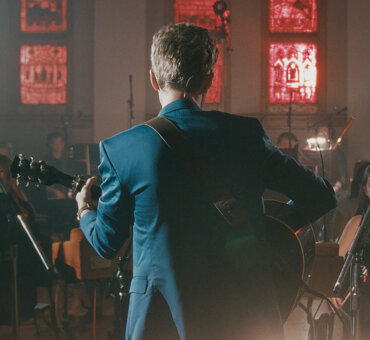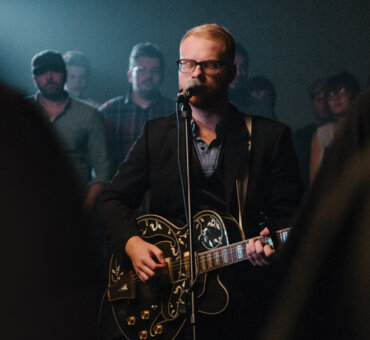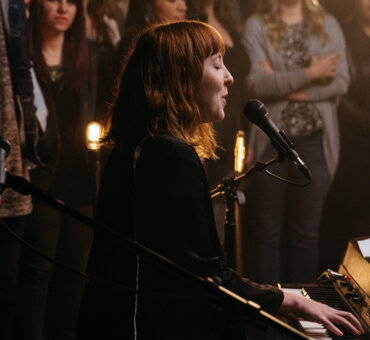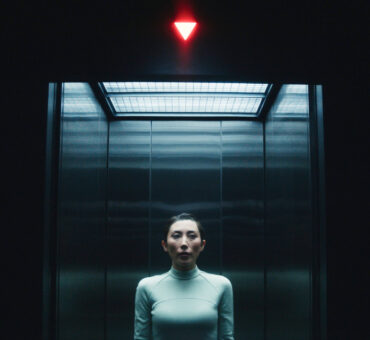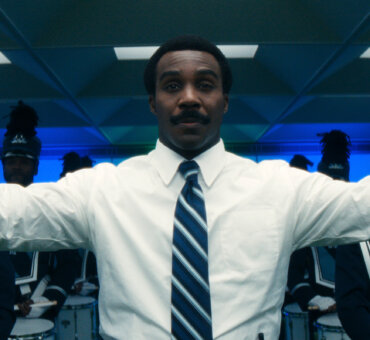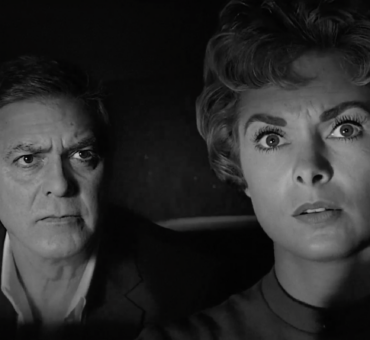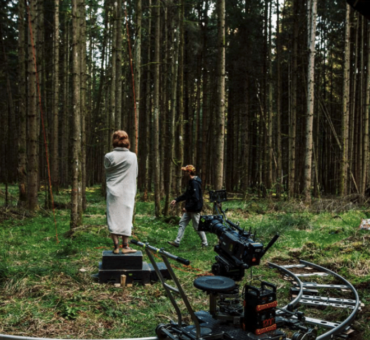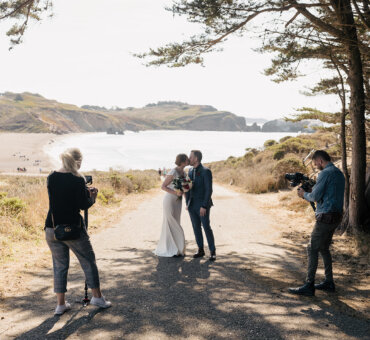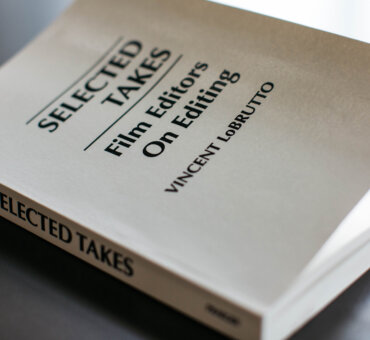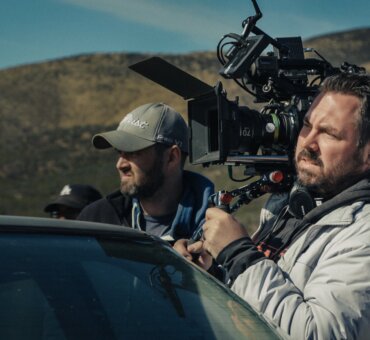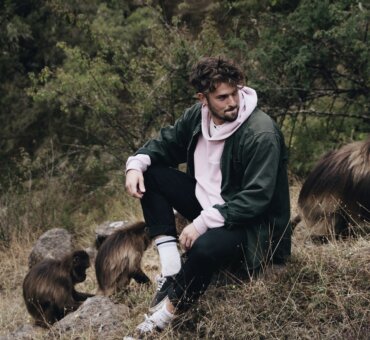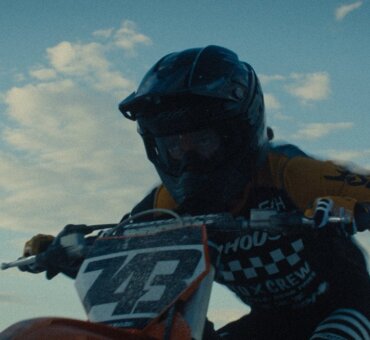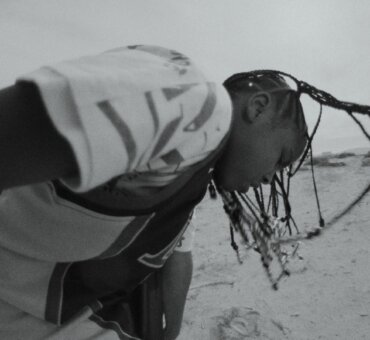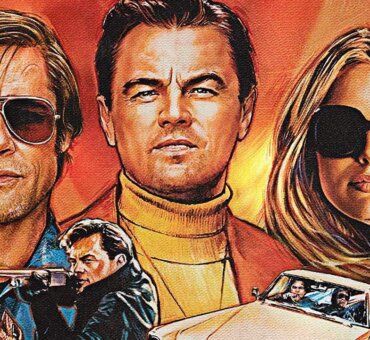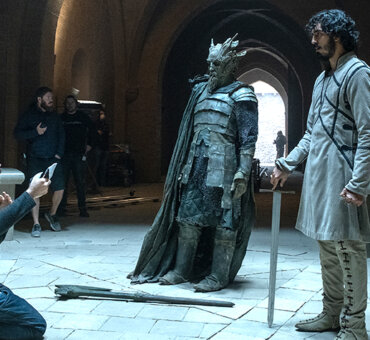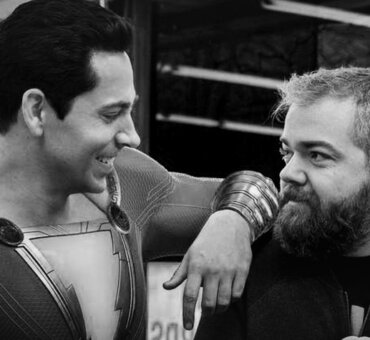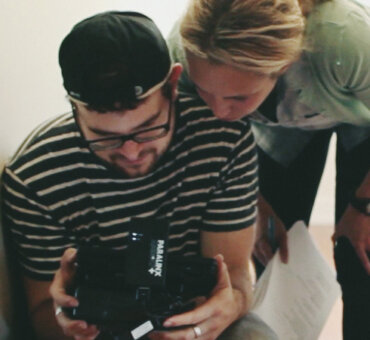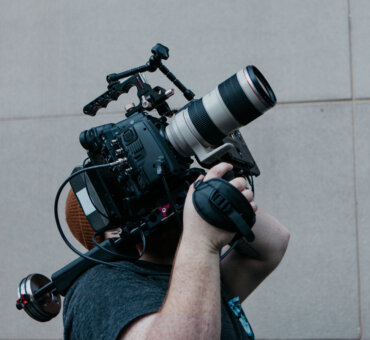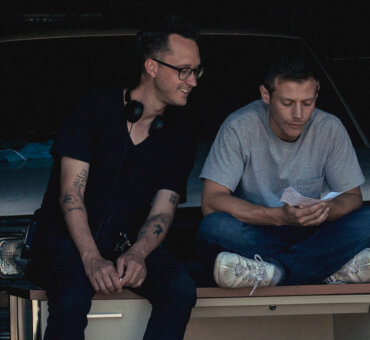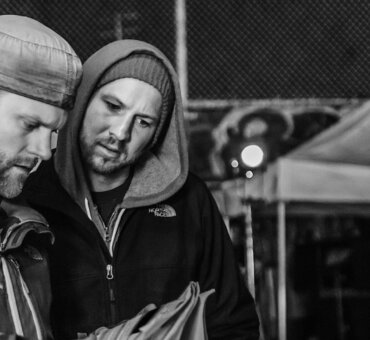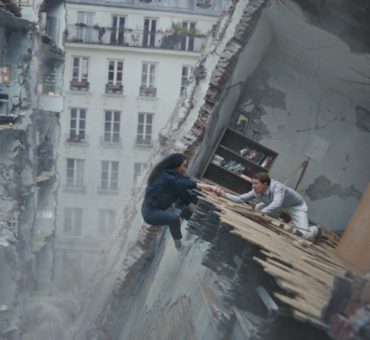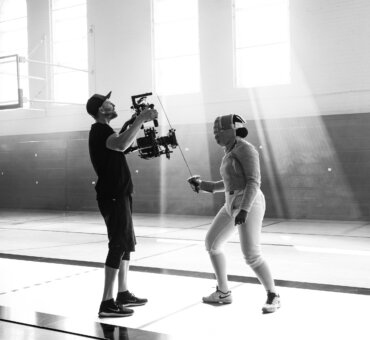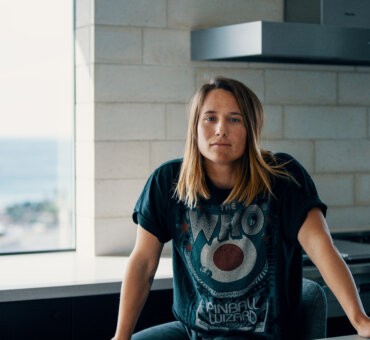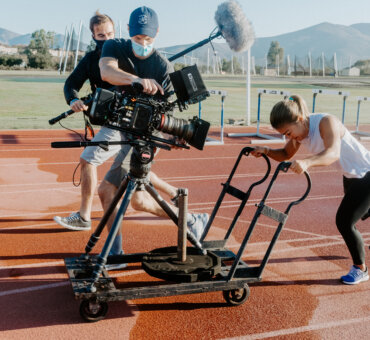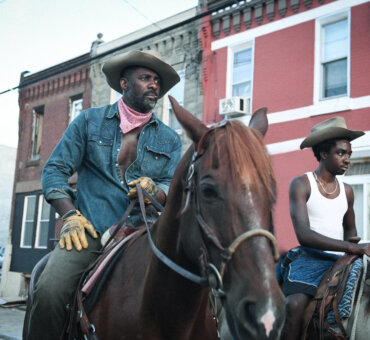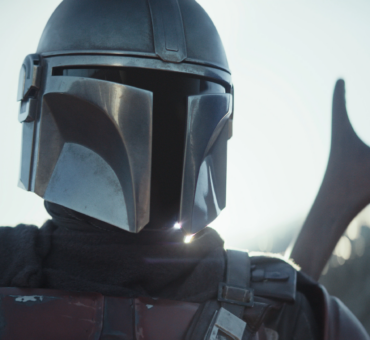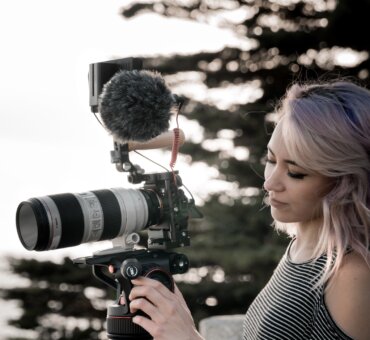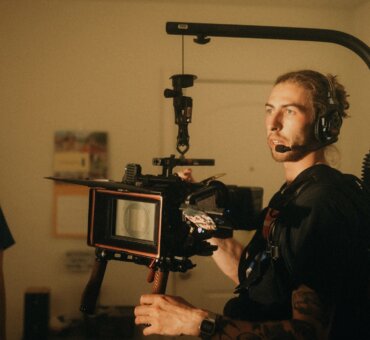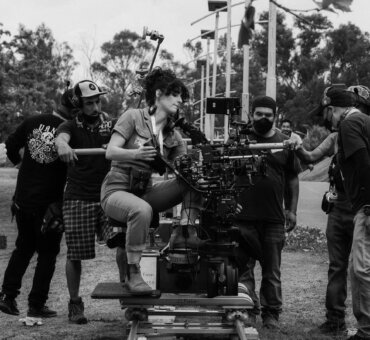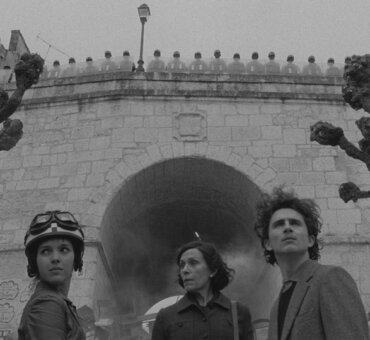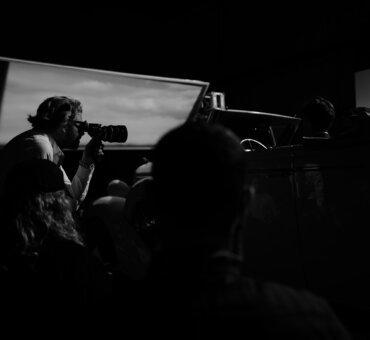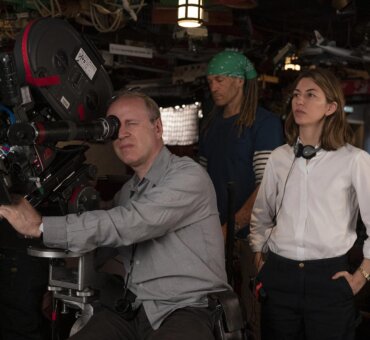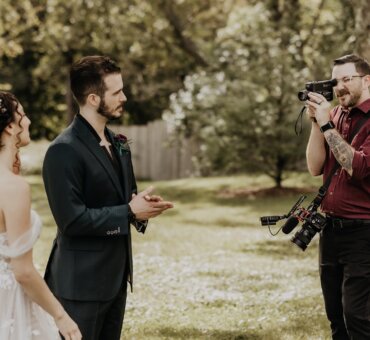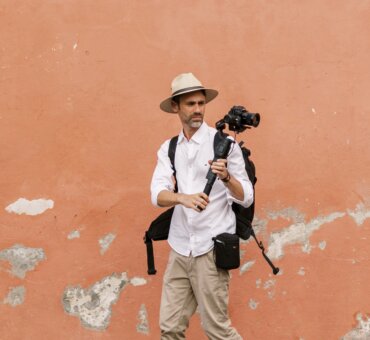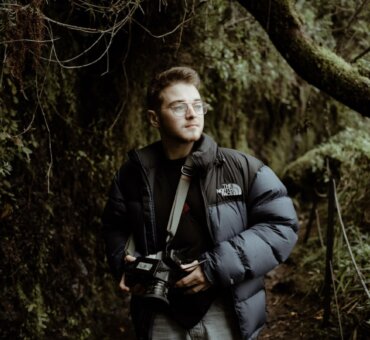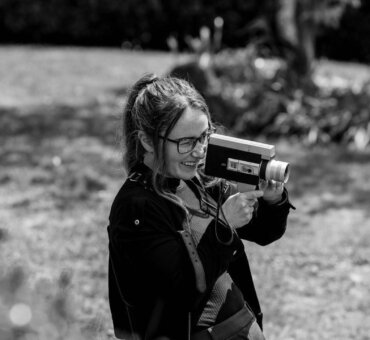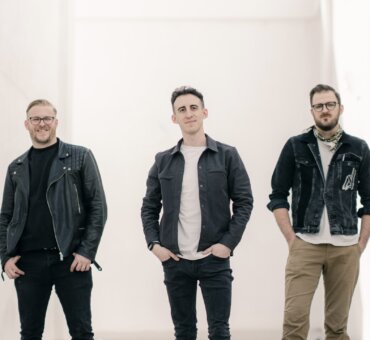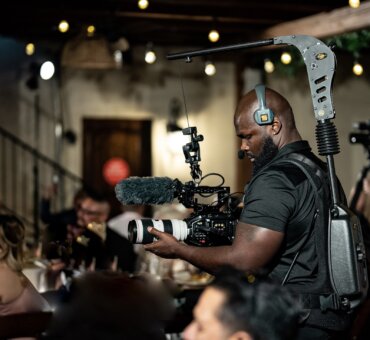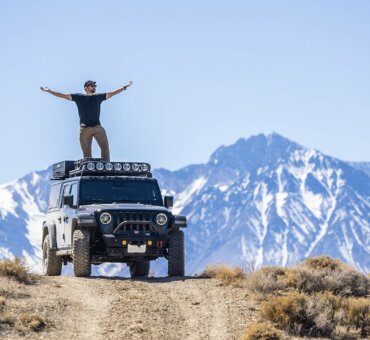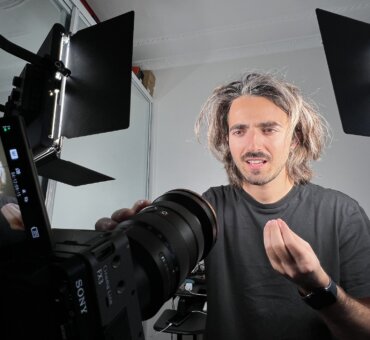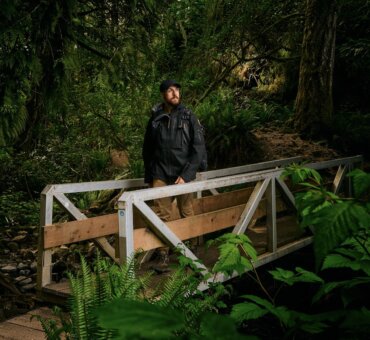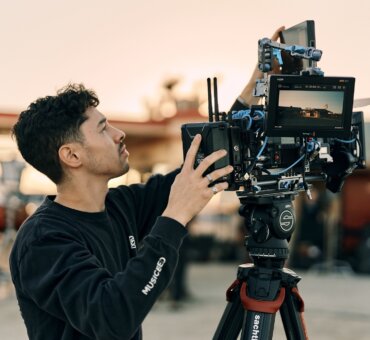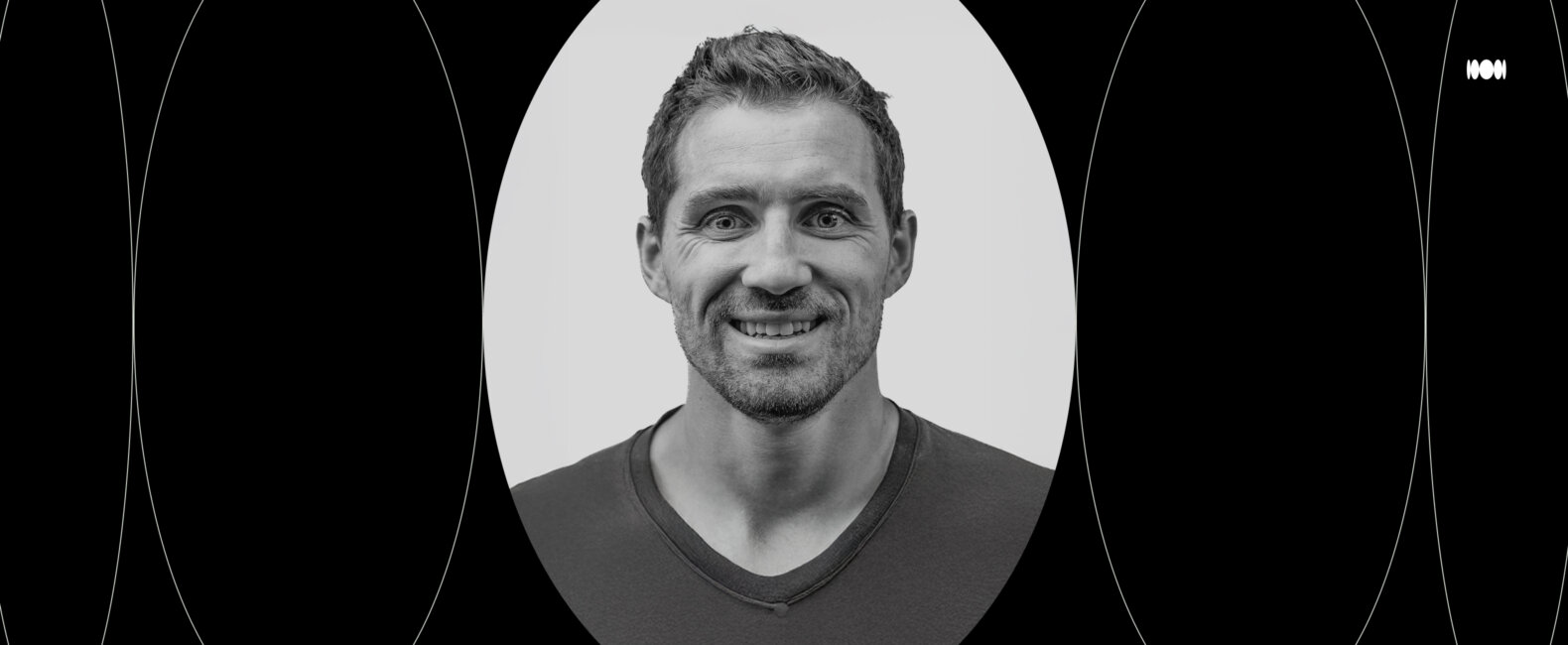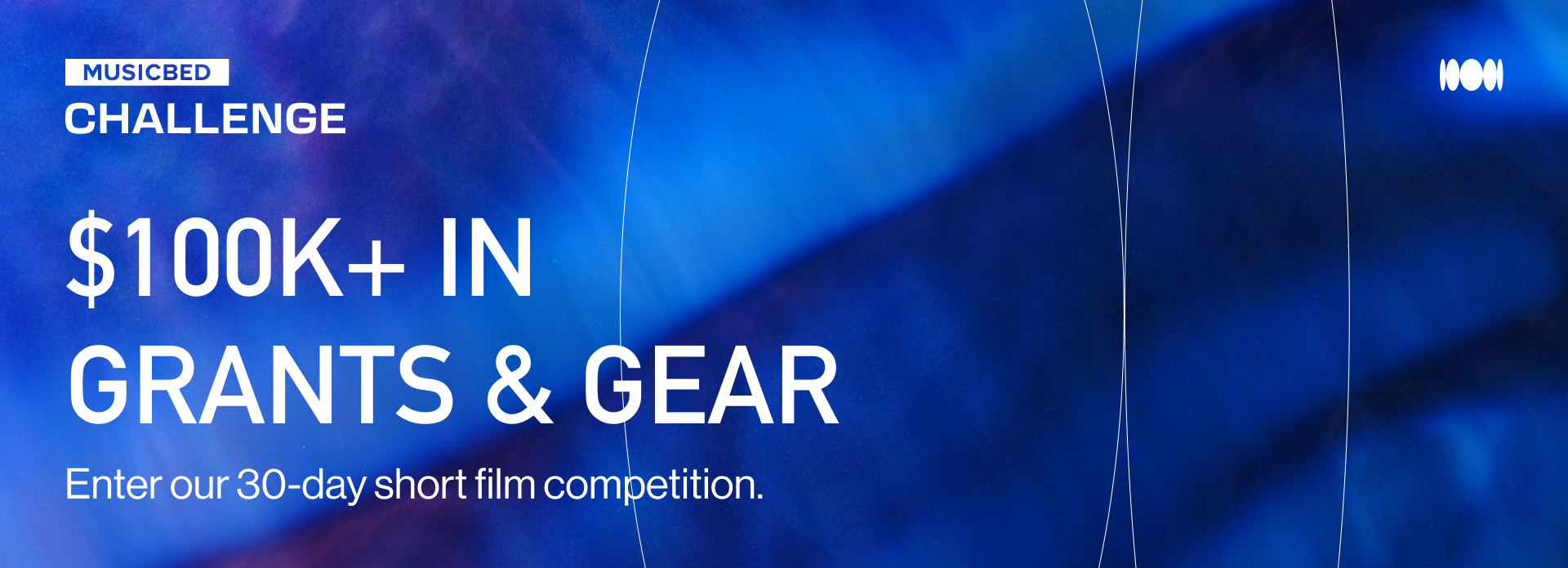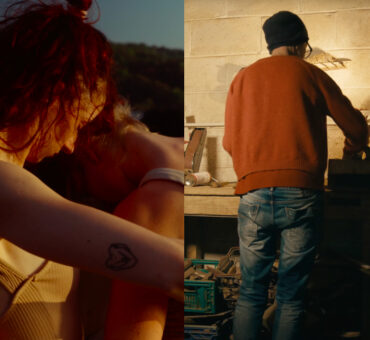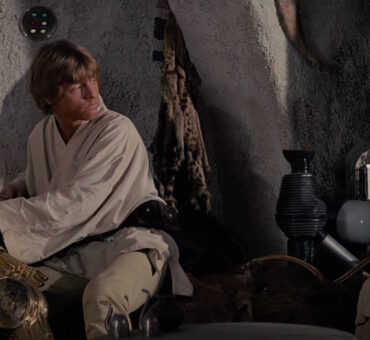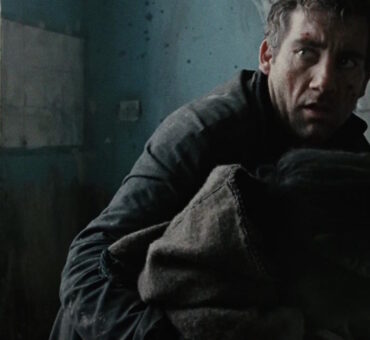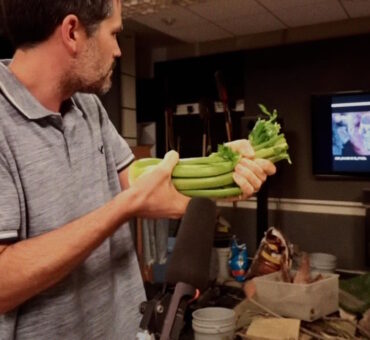From engineer to filmmaker, Taylor Kavanaugh and his path toward a career in filmmaking and the co-founding of Blue Ox is a story of passion, risk, and creative reinvention.
What began as a weekend hobby with co-founder, Matt Wilcox, his college roommate, evolved into a thriving production company, crafting stories for global brands like Nike and platforms like HBO and Netflix.
In this interview, Taylor shares the pivotal moments that led to the co-founding of Blue Ox, the philosophy behind storytelling at Blue Ox, and why music and tone are the heartbeat of every project they create.
We’ll also discuss Taylor’s role in this year’s Musicbed Challenge, where he’ll join a panel of industry heavyweights to judge standout film submissions.
MUSICBED: What sparked your interest in filmmaking? And how did that lead to the creation of Blue Ox?
Taylor Kavanaugh: Matt Wilcox, my founding partner at Blue Ox, and I took an unconventional path into filmmaking. We started as engineers, fully expecting to spend our careers designing buildings.
While at Oregon State, where we were roommates, we spent countless hours in the engineering library, convinced our future was in construction. But along the way, we uncovered a creative side that wasn’t being fulfilled.
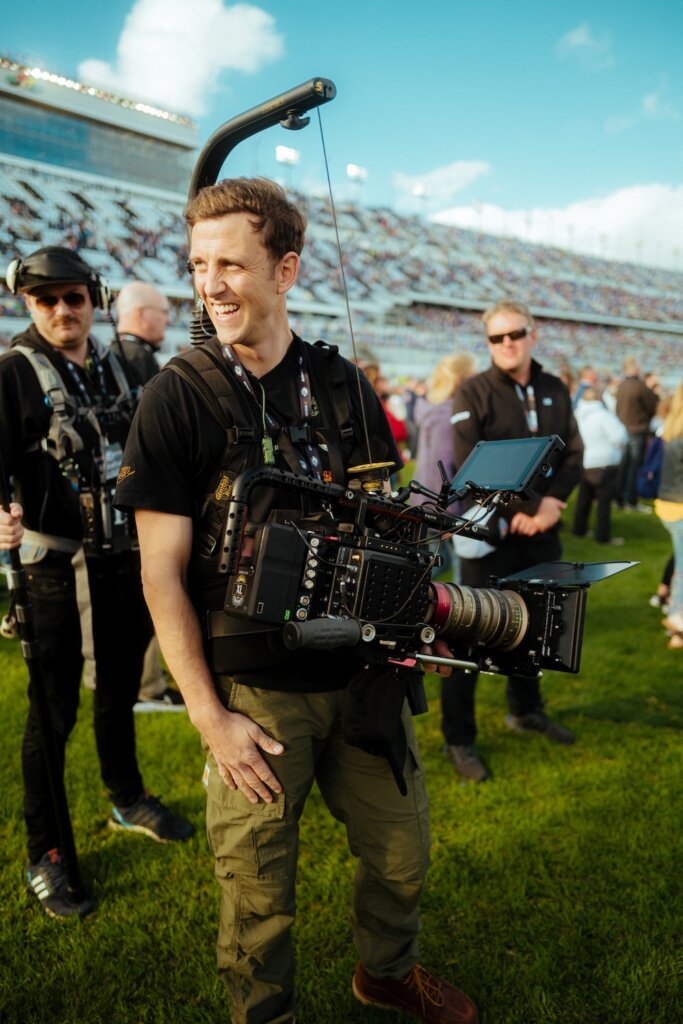
After graduating, we worked as engineers in Washington, using our salaries to buy cameras and experiment with filmmaking on weekends.
We were drawn to filmmaking because it blended our technical mindset with an artistic instinct we hadn’t fully explored.
Filmmaking is, after all, the ultimate fusion of art and science—layering visuals, sound, and storytelling in a way no other medium does.
Over time, we realized we had an eye for meaningful imagery and a natural sense of storytelling.
Instead of a traditional film school route, we approached it with an engineer’s problem-solving mindset—merging process, purpose, art, and commerce.
RELATED READS: Choosing the Right People for the Right Projects
That perspective helped shape Blue Ox, building the people, resources, and infrastructure to support our work.
And honestly? It took just enough bravery (or maybe just enough stupidity) to leave the financial security of engineering and take the leap. But that’s filmmaking—you step into the unknown with nothing but an idea and a willingness to go for it.
That leap of faith, which every filmmaker faces at some point, was a defining moment for us. It’s a risk that’s inherent to the craft, and we were fortunate that it has paid off.
What have been some pivotal moments, relationships, or projects that shaped your career?
Taylor Kavanaugh: About 10 years ago, the sports media landscape was far less developed—and far less saturated—than it is today.
We were drawn to it because we lived it. I played college football, and Matt was a longtime basketball player, so we understood the rhythm, nuance, and culture of sports in a way only athletes can.
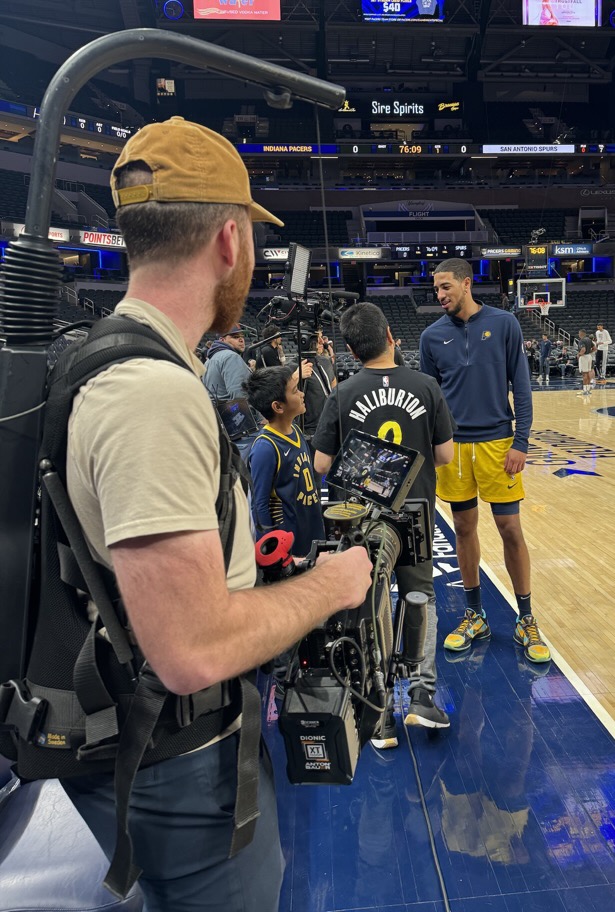
Naturally, we started filming and editing.
We quickly realized that, like any niche industry, sports storytelling requires an insider’s perspective.
To outsiders, it’s just passing a ball. But to those who know, every movement, every moment carries depth.
Understanding that allowed us to tell authentic sports stories in a way that resonated.
Our first real project was filming a family member playing at a local university.
That led to spending three months embedded with the Portland State football team, capturing everything and putting it out into the world.
The visibility from that work caught Nike’s attention, leading to our first client project: a $500 shoot and edit.
It was small, but we approached it with the same level of effort and craft that we bring to major public projects today.
RELATED READS: Sustaining Success in Advertising: Advice from Industry-Leading Creatives
Fast-forward to today, and we’ve had the opportunity to tell stories on some of the biggest platforms—HBO, Netflix, and beyond.
It’s both exciting and daunting, but it’s a reminder that years of grinding behind the scenes help prepare you to tell these stories.
Along with Blue Ox Films’ co-founder, Matt Wilcox, you’ve done work for some of the world’s biggest brands. Tell us about some of the highlights.
Taylor Kavanaugh: Working with world-class athletes, performers, and public figures is an incredible honor—but more than that, it’s a responsibility.
What we celebrate most isn’t just the ability to be in the room with these individuals. It’s the chance to honor human excellence. These are people who have dedicated their lives to a craft, a sport, or a mission, and capturing that dedication is something we don’t take lightly.
As Blue Ox has grown to a team of 35—along with an extended network of freelancers—we’ve become more intentional about our mission. At our core, we tell stories of high-performing people, teams, and products.
This approach wasn’t something we strategically set out to do at first, but it naturally aligned with the work we were drawn to—filming elite athletes and top-tier entertainers. Now, with a clearer vision, we can push this mission even further.
Staying true to this vision also means making tough choices. Sometimes, that may mean turning down projects that don’t align with the kinds of stories we want to tell.
But at the end of the day, our mission remains the same—to tell stories of excellence with the same grit and tenacity as the people we film, doing justice to the passion and dedication they bring to their craft.
What elements do you think are essential for crafting a compelling story?
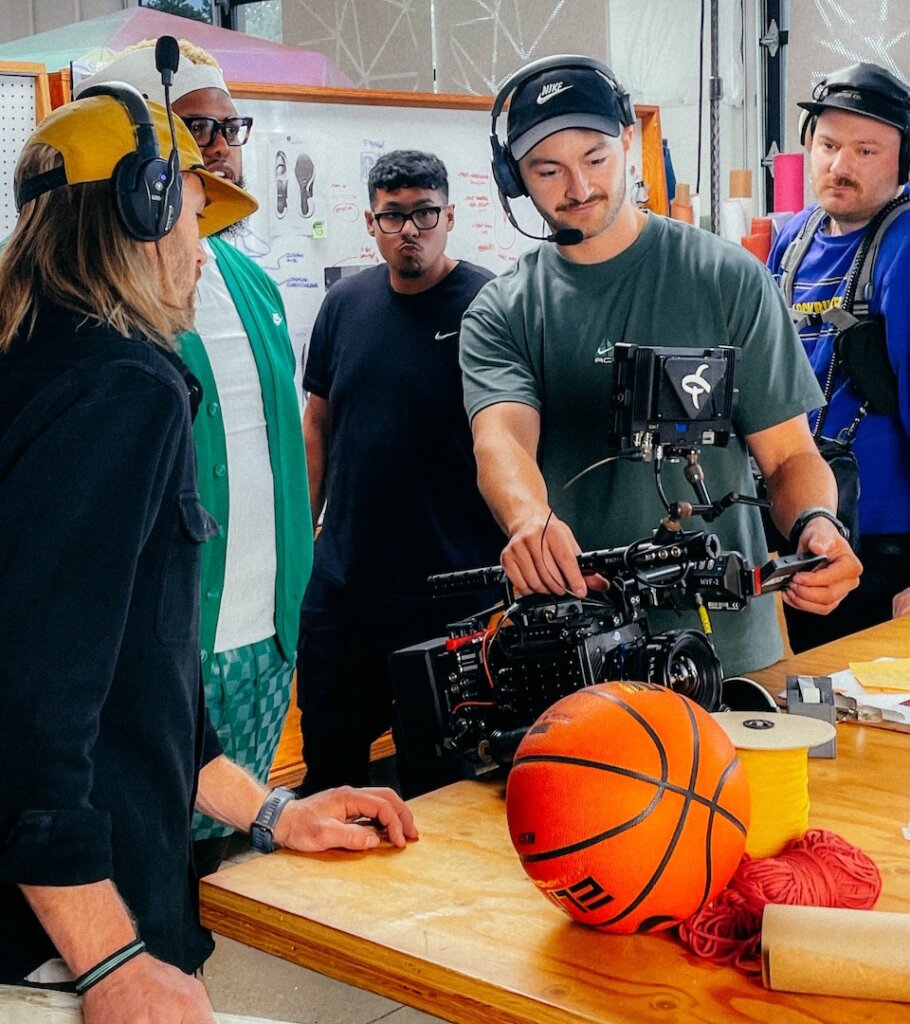
Taylor Kavanaugh: Filmmaking is both a celebration and a daunting challenge.
It requires mastering thousands of tools and getting most of them right to create something remarkable.
The best filmmakers aren’t just technical or artistic—they operate at the intersection of both, blending creativity with precision.
While the technical aspects—like good taste, editorial skills, music, and cameras—are essential, they’re just the baseline.
What truly elevates a project is often less discussed but far more powerful:
RELATED READS: The Currency of Ideas: Salomon Ligthelm on Sparking Creative Breakthrough
You need a remarkable creative culture and environment for ideas to thrive and grow. You need a culture where people feel motivated to give as much as they possibly can to their work.
When people feel motivated, trusted, and compelled to give their best, the project thrives.
Beyond culture, filmmaking also requires a strong sense of taste and nuance. But taste isn’t something you’re just born with—it’s something you have to develop.
Just like great writers read good books, great filmmakers immerse themselves in high-quality films, commercials, and documentaries. What goes in affects what comes out.
RELATED READS: Pioneers of the Moving Picture: Essential Filmmakers Worth Studying
But even with all the right skills, tools, tastes, and vision, the most overlooked ingredient in great filmmaking is selflessness.
The filmmaking industry is often obsessed with credits, awards, and personal recognition. And while those things have their place, the best work happens when a team gives everything they have to the project, the art, and each other.

“You need a remarkable creative culture and environment for ideas to thrive and grow. … When people feel motivated, trusted, and compelled to give their best, the project thrives.”
Taylor Kavanaugh, co-founder at Blue Ox Films
Talk to us about your process for selecting the right music for your projects. Where do you start and how do you make the final decision?
Taylor Kavanaugh: From the very beginning of a project, we obsess over identifying the right tone. This becomes the rallying point for all other decisions—sound bites, visuals, effects, and graphics.
We obsess over identifying the right tone. The story does come first, but then we move to tone, often creating music cuts before even bringing in visuals. Visuals are layered in later, as one of the final components.
This approach ensures that the tone and music are driving the narrative, not just supplementing it. Time and again, we’ve seen that if the tone and music aren’t right, the rest of the film struggles to fall into place.
Poorly chosen music can ruin even the most beautiful visuals, while excellent tone and pacing can elevate a film that might otherwise feel disjointed.
RELATED READS: The Art and Science of Music Selection With Joanna Batemits
Besides music, what other techniques does the team at Blue Ox use to enhance the emotional impact of your storytelling?
Taylor Kavanaugh: The narrative is always number one. It’s in our DNA to connect with certain storytelling hooks—overcoming obstacles, failure, comebacks. A screenwriter could explain it better, but I know enough to recognize what resonates and incorporate those elements into our work.
The key is striking a balance: Is the story understandable and relatable, yet innovative enough to feel fresh? If it’s too conventional, it feels stale; if it’s too experimental, it becomes disjointed. Walking that line is crucial.
Once the narrative is locked in, we focus on pacing, tone, music, sound bites, and the nuance of spoken words—whether from interviews or VOs. Then comes the visual layer and finishing touches. We’re strict about planning early and creatively projecting the final product.
Our process is rooted in the editorial mindset. We envision the entire project through an editorial lens, ensuring we gather the right elements to set ourselves up for success.
That continuity—from idea to delivery—is what makes our work cohesive and impactful.
RELATED READS: Barry Jenkins: Using Music To Create Emotion and Empathy for Characters
What is it about Musicbed that stands out to you? And why would you recommend Musicbed as a resource for editors and filmmakers?
Taylor Kavanaugh: We’ve tried almost every music library out there, but Musicbed changed the game. It was the first to merge record-label-level quality with emotional, scene-enhancing music.
For us, quality is everything—whether it’s cameras, people, or music—and Musicbed delivers that consistently.
And from day one, it was clear: Musicbed’s innovation and artist curation stand out in an industry where many libraries prioritize quantity over quality.
Their tracks elevate the emotional core of a film, while others often fall flat. We choose Musicbed 100% of the time when possible.
When judging Musicbed challenge submissions, what’s the one thing you look for that will set great edits apart from the rest?
Taylor Kavanaugh: When evaluating great work, there are a few key elements to look for.
The first key element is subject matter—stories that are surprising, relevant, and challenging. The best stories push our understanding of culture, human performance, and what people are truly capable of.
Choosing and dedicating yourself to a story that does this is the foundation of great work.
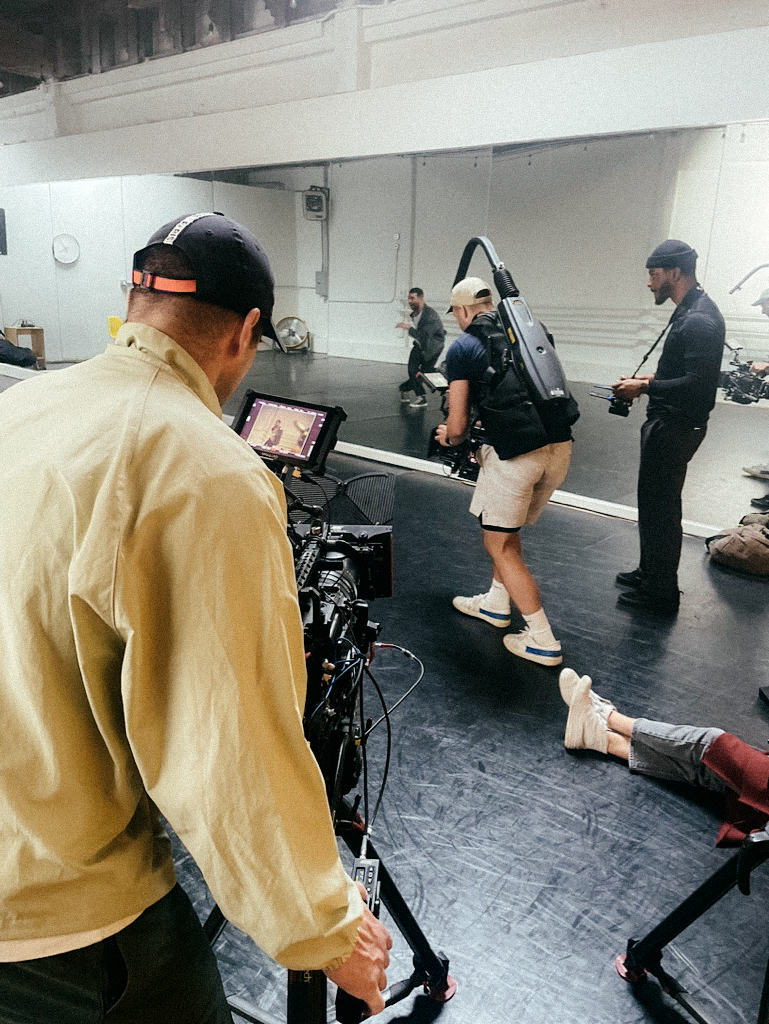
The second is commitment. There’s something powerful about seeing the sheer effort behind a project—whether it’s years of filming, extreme dedication, or sacrifices made to bring a story to life.
When you can reverse-engineer a final piece and clearly see the lengths someone went to in pursuit of that story, it speaks volumes.
The third is craft: taste, nuance, subtlety, and an obsession with detail.
I’m talking about the obvious details and the details so small the audience may never consciously notice but are still able to be felt by the audience.
Those layers of care elevate good work to great.
These three elements remain constant across the best films—past, present, and future. This is how we judge our own work at Blue Ox, and it’s how I’ll approach evaluating the incredible submissions in this challenge.
RELATED READS: The Winners of Musicbed Challenge 2024
This was written as a part of Musicbed Challenge 2025. Want to learn more?
